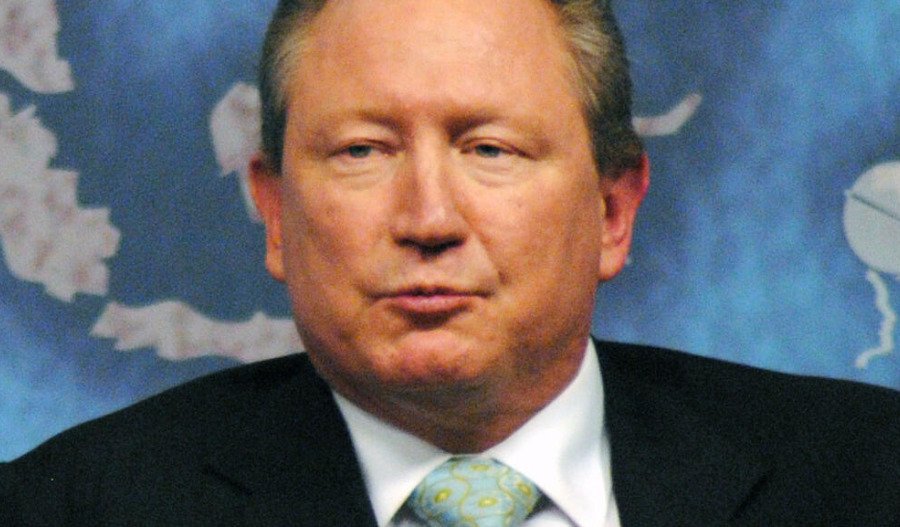The surprise decision by CEO Jakob Stausholm to exit by the end of the year leaves Rio Tinto (ASX: RIO) with big shoes to fill within one of the world's biggest mining companies.
Undisclosed sources suggest the Danish national was given his marching orders by a board that had lost confidence in his ability to turn around mine performance and bring new projects on board.
It’s understood that Perth-based Simon Trott, who leads the company’s iron ore operation in WA, along with Mongolian-born chief commercial officer Bold Baatar – and former copper head - are regarded as front runners for the top job.
Meanwhile, Stausholm is expected to remain in the top job until his successor is named before the release of Rio’s September quarter production results.
Stausholm, who took the job almost five years ago amid the outcry over the destruction of the Juukan Gorge indigenous site – which forced the exit of his predecessor Jean-Sebastien Jacques – will be the fourth CEO to exit on bad terms within 12 years.
Stausholm will be remembered for expanding the company’s iron ore assets beyond its Pilbara heartland by:
- Securing approval to develop the $34 billion Simandou iron ore joint venture in the West African country of Guinea.
- Expanding Rio’s interests in South America with last year’s $10.7 billion buyout of Arcadium Lithium.
However, with lithium prices falling, a major writedown at Arcadium appears imminent.
More recently completing a $1.4 billion deal for a battery metal operation controlled by Chile’s Codelco.
In a message to his staff, Stausholm referred to the company’s energy transition efforts and its changing culture among his most notable achievements.
“We have taken purposeful steps to become a global leader in the supply of energy transition materials – including as a major lithium producer, through our acquisition of one of the world’s largest lithium resource bases,” he said.
Meantime, Rio’s chairman Dominic Barton praises Stausholm for restoring trust with key stakeholders and aligning the portfolio with commodities where demand growth is strongest.
However, his ability to lead Rio through the daunting task of iron ore transition - as the miner invests US$13 billion in its next tranche of mines in WA - has clearly been a point of contention.
While Barton declined to comment on suggestions that Stausholm was pushed from the top job, he inferred that the company needed to “double down” on operational performance.
The quality of ore from the Pilbara has been deteriorating for some time and Simandou’s, known for its high grades - averaging 65.3% iron for high-grade ore - has been touted as a threat to the region.
While Rio’s Pilbara Blend Fines are seen as the industry benchmark for iron ore, the miner recently was forced to downgrade the product due to ageing pits.
As a result, Fortescue (ASX: FMG) executive chairman Andrew Forrest, believes miners like Rio and BHP will be forced to adopt green iron ore technologies or risk turning the Pilbara into wilderness.
Projects coming on board in Africa and Brazil have also raised major questions over Australian iron ore's future.
Meanwhile, Rio has joined forces with BHP (ASX: BHP) and BlueScope Steel (ASX: BLS) to develop NeoSmelt, a $215 million facility near Perth which is expected to produce up to 40,000 tonnes of low-emission iron when operational.



